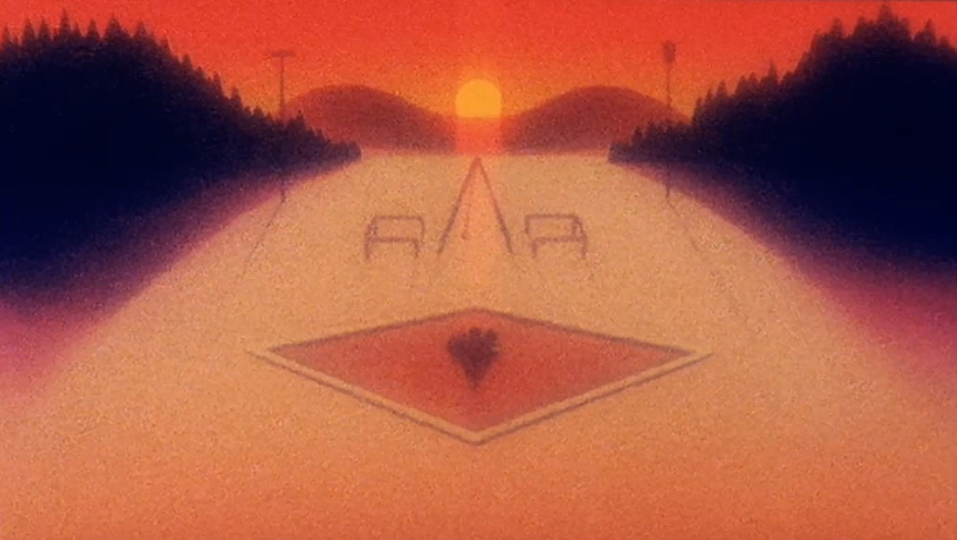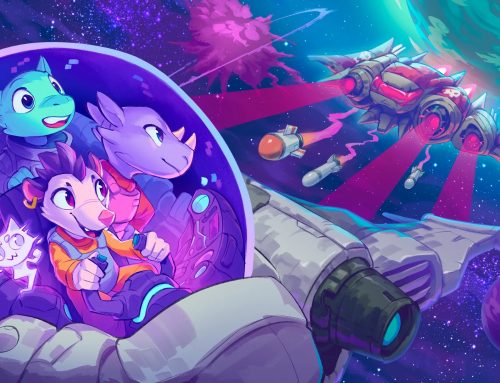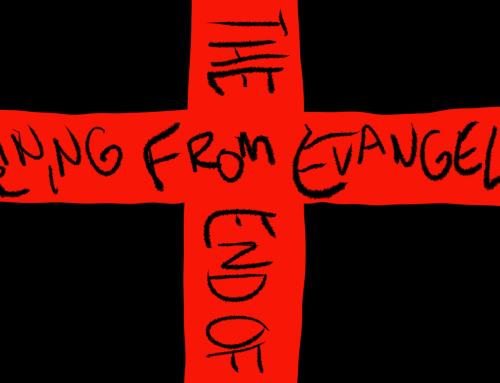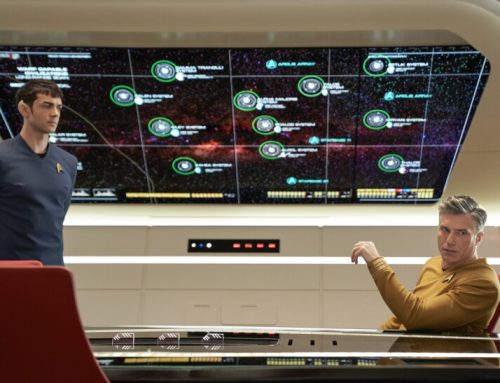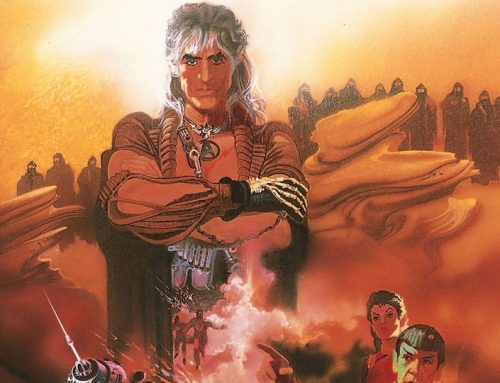This post is based on a YouTube video I did a couple weeks back.
The END of Learning From Evangelion
Eva is about to make its debut on Netflix, and I opted to re-watch the series for the first time in years. I’m an early NGE convert; I watched the series originally on VHS (the tapes were WHITE!) way back in the early 2000’s, and it’s one of the pieces of media I consider formative to my creative work.
You can find a fair amount of content out there talking about the franchise, and some of that stuff is really interesting. I’m a big fan of the Japanese TV show documentary where Anno Hideaki visits a school. One thing I wish people discussed more is Eva’s fantastic use of storytelling and filmic language. I’m not talking abstract references to academic philosophy. I’m talking nuts and bolts sound design, writing, editing, and so on.
So let’s run down a short list of the things I learned from Eva, and what I hope others take from the show into their own work:
Talk Character, Hint at the World
Eva has no shortage of convoluted lore and world building, but I’m struck by one of the rules the show frequently follows, especially in the first episodes. Instead of diving into convoluted exposition, it spends basically no time at all explaining things to us, and instead focuses its time (and character dialog) talking character as much as possible. Sure, the opening handful of images hints at an apocalyptic world, with a flooded abandoned city, hundreds of tanks waiting in silence, and a hulking being that emerges from the ocean. But the majority of the time is spent getting us into Shinji’s shoes.
I think this is a fantastic model for those of us who want to tell stories in fantastic settings – don’t drown us in the world, give us a character who is compelling, and paint the picture out from them.
Use the Deep Cuts to Tell the Story
This one’s a subheading to the above.
The show is full of really fun infographs and computer readouts. It’s actually one of my favorite parts of the show. One thing I noticed about these is that they never give out a complex scientific explanation without giving us all a very clear indication of what’s actually at stake – the pilot is in danger, the Evangelion won’t work right, etc.
Like with the above point, the show is covering its storytelling bases first and loudest – the characters tell us what the danger is (which is especially useful in the more abstract angel fights) – and then it lets the imagery and flavor dialog hint at a much bigger iceberg under the surface.
It’s hard not to walk away from one of the missions with a bit of wonder at the impressive scale of NERV and the Evangelion project (even with the show’s modest animation), but all we really got on a surface level in the fight were the basics: this is dangerous because the pilot might fail. This is risky because it probably won’t work. The pilot can’t leave the Eva or they’ll die.
Pair Scenes Together to Cut Out the Boring Stuff
This is actually a well-known tactic in TV and film writing. Evangelion does it to an extreme – it gives us two fairly rote scenes, like the ones in the second episode where Gendou meets with SEELE (his superiors) at the same time as Ritsuko and Misato work on cleanup after the big first battle.
The show bounces back and forth between these scenes so we don’t have to sit and dwell in a single scene that would probably be pretty dull. What Eva does, though, is it amps it up to an extreme pitch. A scene boils down to a couple minutes. Maybe even a line. Bam, we’re off to somewhere else. This rapid use of exposition I still find impressive; it’s a show with enough plot points that it frequently feels like an hour long show.
Be Confident and Shut Up
It’s well known (online, at least) that GAINAX was so strapped for cash while producing Evangelion that they were forced to end the original TV series essentially as a radio play, with reused animation, pencil drawings, and static images.
But this whole conversation overlooks one of the really remarkable things about Eva. It isn’t just constrained by its limitations. It actually thrives in some of those moments of still silence.
For example, in the episode ‘Don’t Be’, there’s a scene I love that’s literally a forty second elevator ride in painfully uncomfortable silence. It then explodes into a sudden argument. It’s a perfect moment for the two characters, it perfectly captures the pregnant silence between two people who have issues with each other. And it just so happens that they just spent almost a minute of the episode with basically no animation.
Also, even twenty years ago, it was crazy to burn that much time on a half hour show. If it’s the right thing for a story, have the confidence to sit still and be quiet.
Use Waterfalls
Eva uses waterfalls constantly. What’s a waterfall edit? It’s when you cut from a scene with loud noises to a silent scene (or title cards), or from silence to loud noise on the other side.
This is one of my favorite things about Eva, as it keeps the show driving forward. It’s also very distinctive (cicadas = Evangelion in my mind, and I grew up in Texas surrounded by those noisy punks). It also also is one of the tools they use to jump into and out of scenes quickly, to tell their story with the maximum amount of efficiency. It also also also (sorry) is a fantastic and quick way to set tone.
Hell, Eva just has strong sound design in general. It’s not just the waterfalls. The show sounds incredible, and if you look at the list I’ve written out to this point, you see a bunch of storytelling tools that actually work in concert. They build off each other.
In Conclusion…
Do all that above stuff to be a better storyteller in your medium. Haha, no debate, do it or else.
Seriously though, this list came out of a whopping three episodes rewatched. I’ll come back to the series again until I’ve finished it, so expect more posts along these lines.

